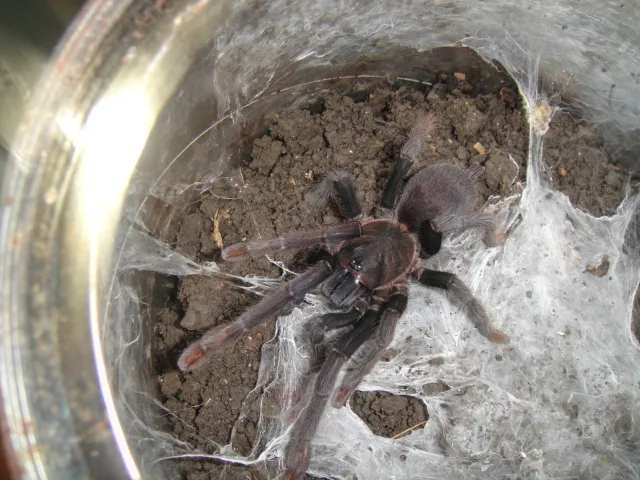The Philippines, an archipelago of over 7,000 islands, is a biodiversity hotspot, home to a wide array of unique flora and fauna. Among its fascinating creatures are the native tarantulas, often overlooked but incredibly interesting. These large, hairy spiders play a vital role in the ecosystem and are a testament to the rich natural heritage of the Philippines. This guide will help you understand what makes Philippine tarantulas unique, where to find them, and how to spot them safely and responsibly. Understanding these amazing creatures is the first step towards appreciating and protecting them, ensuring their survival for generations to come. So, let’s delve into the world of Philippine tarantulas and discover the secrets of these amazing arachnids, exploring their characteristics, habitats, and the best ways to observe them in their natural environment.
What are Philippine Tarantulas
Philippine tarantulas are members of the Theraphosidae family, a group known for their large size and hairy appearance. Unlike some spiders, tarantulas are generally not considered highly venomous to humans, although their bite can be painful. These arachnids are primarily nocturnal hunters, using their fangs to subdue prey such as insects, small lizards, and even small rodents. They are typically found in tropical and subtropical regions and are known for their diverse appearances, ranging in color and size depending on the species. These creatures are fascinating to observe and play an important role in their ecosystem, helping to control insect populations and maintaining ecological balance. Learning about their characteristics and behaviors is crucial for their conservation and understanding their role in the complex web of life.
Identifying Characteristics of Philippine Tarantulas
Size and Appearance
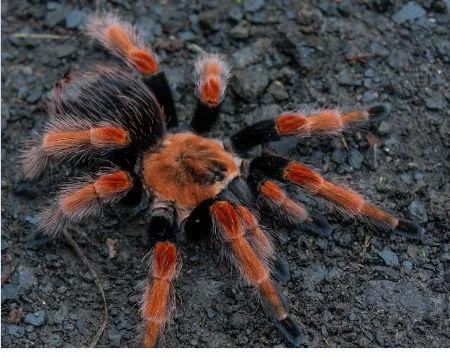
Philippine tarantulas vary in size depending on the species, but generally, they are quite large, with some reaching a leg span of over 8 inches. Their bodies are covered in dense hairs, which can range in color from browns and blacks to more vibrant hues. The overall appearance is robust, with powerful legs adapted for both walking and climbing. The body is divided into two main parts the cephalothorax (head and thorax) and the abdomen. The cephalothorax contains the eyes, mouthparts, and legs, while the abdomen houses the internal organs. The size and build are important indicators when trying to identify them. Recognizing these features helps in differentiating them from other spiders or creatures in their environment.
Coloration and Markings
The coloration and markings of Philippine tarantulas are diverse. Many species exhibit a camouflage pattern, blending with their surroundings to avoid predators and ambush prey. This can include various shades of brown, black, and gray. Some species also have striking patterns and vibrant colors on their legs and bodies, which may serve as a warning signal or attract mates. The presence or absence of certain markings, along with the general color scheme, can be useful in identifying the specific species of tarantula. Understanding these color variations and markings is crucial for identification and appreciating the beauty of these creatures. Careful observation of the patterns and hues can help distinguish them from other tarantula species or related arachnids.
Habitat and Distribution of Philippine Tarantulas
Philippine tarantulas are found throughout the archipelago, inhabiting a variety of environments. Understanding their habitat and distribution is crucial for knowing where to look for them. The species are typically found in specific regions. Habitat preference can be a key element to spotting tarantulas in the Philippines. Each location will have its own unique variations of tarantula species. Furthermore, considering their native habitat can help you understand what they eat, how they behave, and what kind of threats they might face.
Where to Find Them
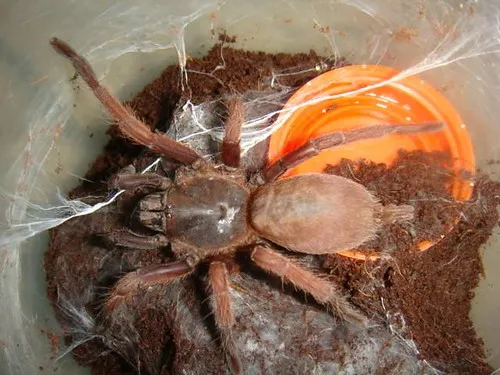
Philippine tarantulas have diverse distributions, making them a fascinating subject for ecological studies. These spiders are not uniformly distributed throughout the Philippines but are often concentrated in areas with specific environmental conditions. You might find them in various parts of the country, including forests, grasslands, and even some urban areas. The best places to spot these creatures are often secluded locations. Certain islands or provinces are known to harbor specific species. Researching and understanding the distribution patterns is a key element in finding these creatures. This understanding also helps in conservation, ensuring their protection and preservation for future generations.
Preferred Environments
Philippine tarantulas have very particular preferences. Most species favor environments that provide adequate shelter, food, and moisture. They are often found in areas with high humidity. Soil composition also plays a vital role. Some species prefer to burrow in soft, loamy soil, while others may choose areas with rocky terrain. The presence of leaf litter and decaying vegetation is also important, as it provides a food source for their prey and a source of concealment. Understanding these specific environmental needs is important for determining where to find tarantulas and what conservation measures are needed to protect their habitats. The environment is a key element for the survival of these creatures.
Common Habitats
Common habitats for Philippine tarantulas include tropical rainforests, secondary growth forests, and even agricultural lands. These spiders often create burrows in the ground, under rocks, or within the crevices of trees. The burrows provide shelter from the elements and a safe place to ambush prey. Additionally, some species may be found in abandoned structures or other man-made environments. Their adaptability is key to their survival. Recognizing these common habitats can increase your chances of spotting these tarantulas in their natural environment. Conservation of these habitats is critical for the survival of Philippine tarantula populations, as habitat loss and degradation pose significant threats to their existence.
How to Spot Philippine Tarantulas

Spotting Philippine tarantulas requires a combination of knowledge about their habitats, behavior, and the best times for observation. Patience is important, as these creatures are often secretive and well-camouflaged. Using the right techniques and understanding their lifestyle can increase the chances of observing them in their natural environment. It also involves being aware of their behaviors. By understanding these aspects, one can have a rewarding and safe experience, while appreciating the beauty of these arachnids.
Best Times for Observation
The best times to observe Philippine tarantulas are typically during the late evening and early morning hours, as many species are nocturnal. This is when they are most active, hunting for prey and exploring their surroundings. During the day, they usually stay hidden in their burrows or under cover to avoid the heat and potential predators. However, some species may be active during the day. Observing tarantulas after rainfall can also be fruitful, as this encourages them to come out. Careful observation during these times, combined with knowledge of their preferred habitats, can significantly increase your chances of spotting one.
Nocturnal Behavior
Most Philippine tarantulas are nocturnal hunters, meaning they are most active at night. They spend the day hidden in their burrows or shelters, emerging when the sun sets to search for food. Their nocturnal behavior is an adaptation that helps them avoid predators and take advantage of the cooler temperatures. These tarantulas use their excellent sensory abilities, including sensitive hairs on their legs, to detect vibrations and locate prey in the dark. Understanding their nocturnal habits is crucial for knowing when and where to look for them. A flashlight with a red filter can be useful for observing tarantulas at night without disturbing them, as red light is less disruptive to their vision.
Daytime Hiding Spots
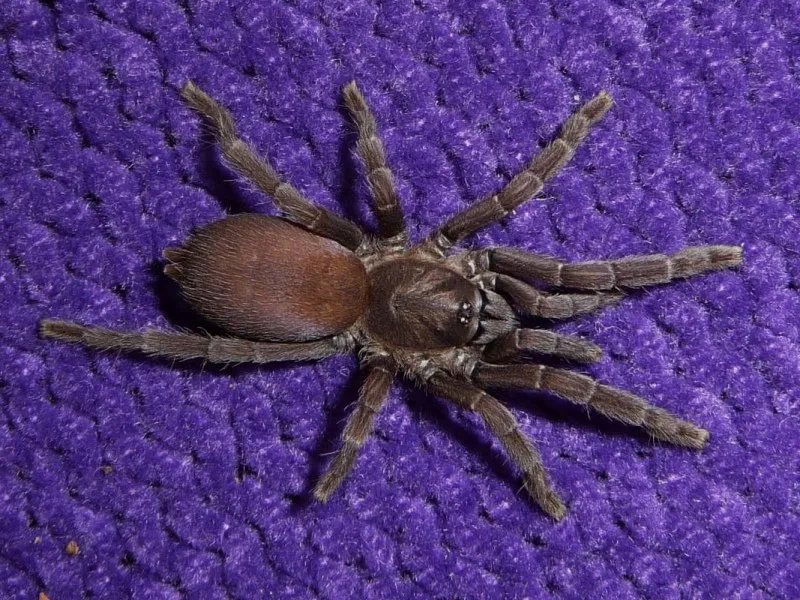
During the day, Philippine tarantulas seek shelter to avoid predators and conserve energy. They are often found hiding in burrows they dig in the ground. These burrows provide a safe and stable environment, protecting them from the sun and the elements. Additionally, they may hide under rocks, logs, or within crevices in trees. The use of camouflage is another tactic they employ, blending with their surroundings. Knowing these hiding spots is essential for finding them. When exploring potential habitats, carefully examine the ground, rocks, and vegetation for signs of burrows or other hiding places. Respecting their space is key to a successful observation.
What to Do if You Find One
Encountering a Philippine tarantula in its natural habitat can be an exciting experience. It is important to approach these encounters with respect and caution. Remember that these creatures are an important part of the ecosystem, and their safety and well-being should always be the top priority. Always prioritize your safety and the animal’s welfare. There are some important considerations to keep in mind. Understanding these principles will ensure a safe and enjoyable experience. It will also contribute to the preservation of these remarkable creatures.
Observe from a Distance
The best way to appreciate Philippine tarantulas is to observe them from a safe distance. Avoid getting too close, as this can stress the animal and potentially lead to a defensive response. Use binoculars or a camera with a zoom lens to get a closer look without disturbing the tarantula. Take the time to observe their behavior, how they move, hunt, and interact with their environment. If you are lucky enough to spot a tarantula, enjoy the moment while maintaining a respectful distance. This ensures that you can appreciate their beauty. This practice will also minimize any potential stress to the tarantula itself.
Avoid Handling
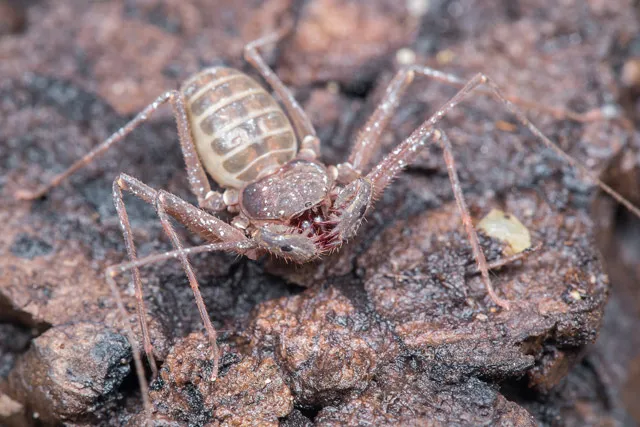
It is important to avoid handling Philippine tarantulas or any other wild animals. Handling tarantulas can be dangerous, as they may bite if they feel threatened. Their bites, while not usually lethal to humans, can be painful and cause local reactions. Handling can also stress the tarantula and cause it to release defensive hairs, which can irritate your skin and eyes. Observe them from a distance, and use appropriate tools. Handling can also transmit diseases or parasites. By avoiding handling, you ensure both your safety and the well-being of the tarantula, allowing you to appreciate them without causing any harm.
Reporting Sightings
If you encounter a Philippine tarantula, consider reporting your sighting to local wildlife authorities or conservation organizations. Your observations can contribute valuable data to help monitor and protect tarantula populations. Provide the location, date, and any details about the tarantula’s appearance or behavior. The information will help researchers better understand the distribution and conservation status of these amazing creatures. Your contribution can help make a difference. Reporting your observations can aid in scientific studies and conservation efforts, helping to ensure the survival of Philippine tarantulas for generations to come.
Conservation and Importance of Philippine Tarantulas
Philippine tarantulas, like all native wildlife, play an important role in their ecosystems. Understanding their ecological importance and the threats they face is essential for conservation efforts. Taking steps to protect tarantula populations will help preserve biodiversity and ensure the health of Philippine ecosystems. Recognizing the threats to these creatures and supporting conservation initiatives is vital for their survival. Protecting their habitats and raising awareness about their value are important steps in safeguarding these fascinating arachnids for future generations.
Threats to Tarantula Populations
Philippine tarantula populations face several threats, including habitat loss due to deforestation, agricultural expansion, and urbanization. The destruction of their natural habitats directly impacts their survival, reducing the availability of food, shelter, and breeding grounds. Another significant threat is the illegal pet trade, with tarantulas being collected and sold, reducing wild populations. Climate change is also impacting their environment. Conservation efforts should address these threats through habitat preservation, combating the illegal pet trade, and raising awareness about the importance of tarantulas in the ecosystem. These efforts are crucial to ensure the long-term survival of these fascinating creatures.
Their Role in the Ecosystem
Philippine tarantulas play a crucial role in maintaining ecological balance. As predators, they help regulate insect populations, preventing outbreaks that can damage crops and forests. They are also an important food source for other animals, including birds, reptiles, and other mammals. Their burrows can also benefit other animals, providing shelter and habitat. They contribute to nutrient cycling, as their waste products enrich the soil, supporting plant growth. Their presence helps to maintain the overall health and biodiversity of their ecosystems. Protecting and conserving these amazing creatures means preserving the complex web of life.
Ways to Help Protect Them
There are several ways you can contribute to the protection of Philippine tarantulas. Support conservation organizations working to protect their habitats and combat the illegal pet trade. Educate yourself and others about the importance of tarantulas and their role in the ecosystem. Avoid purchasing tarantulas from illegal or unsustainable sources. Report any instances of illegal wildlife trade to the appropriate authorities. If you are interested in keeping a tarantula as a pet, research responsible breeders and ensure you can provide the proper care. Supporting sustainable practices, spreading awareness, and contributing to conservation efforts can make a real difference. By working together, we can ensure that future generations can also admire and appreciate these fascinating creatures.
In conclusion, Philippine tarantulas are fascinating and important creatures that deserve our respect and protection. By understanding their characteristics, habitats, and the best ways to spot them, we can appreciate their role in the ecosystem and contribute to their conservation. Whether you are a seasoned wildlife enthusiast or simply curious about the natural world, the world of Philippine tarantulas offers a unique and rewarding experience. By supporting conservation efforts and practicing responsible observation, you can help ensure that these amazing arachnids thrive for generations to come.
